Get Lost in These Real-World Fairy Tale Landscapes
18 magical places on Earth that seem straight out of a fantasy world.

Characters and plot are crucial to any story, but key to the appeal of most fairy tales and fantasy books is the setting: the fictional world that the author builds. These imagined lands can offer an irresistible escape from the hum drum of daily life, so vivid they stay with you well beyond childhood.
And yet, as enchanting as these fantasy worlds are, the Narnias and Neverlands have some stiff competition from—and are often inspired by—the real world. Here are 18 dream-like places you can actually visit. They may look like they were ripped straight from the pages of a fairy story, but in many cases, it was more like the other way around.
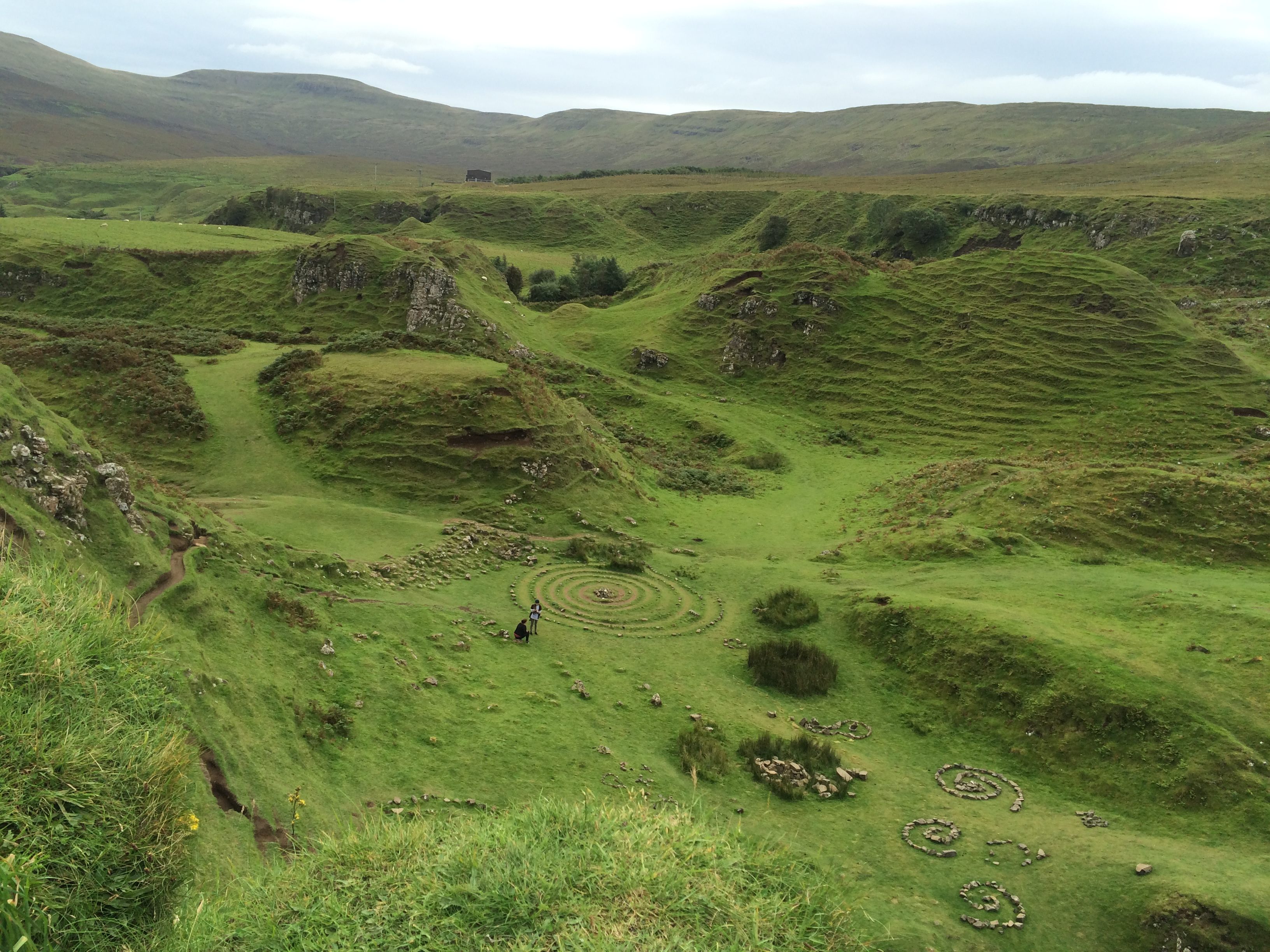
Fairy Glen
Uig, Scotland
This dramatic landscape hidden on the Isle of Skye looks as though you’ve stepped into a magical realm. The unique rock formations, cone-shaped hills dotted with ponds, and scattered waterfalls are dotted with mysterious spirals. While there’s no definitive folklore linking the land to magic, some say faeries created the landscape and still dwell within its many crevices. It’s no wonder: the whimsical isle looks just like the kind of place you’d expect to find faeries.

Church of San Miguel Del Fai
Sant Quirze Safaja, Spain
Chiseled out of the cliffside in Cataluña, this gorgeous monastery overlooks a plunging vista complete with a waterfall that runs straight through the architecture. Ancient monasteries are often beautiful, whether still working or lying in ruin. But the enchanting church at San Miguel del Fai is especially otherworldly in its setting, as if lifted from a fantasy tale.

Wistman’s Wood
Devon, England
The moss-covered boulders and twisted, ancient brambles of this English wood are associated with tales of druids, ghosts, and supernatural spooks. While that is all myth, it’s not hard to see why Wistman’s is a magnet for such fables. The ancient forest has largely been left to grow wild, free of destruction or shaping by humans or large animals. With unfettered growth, the trees have grown old and gnarled, yet the rocks have stunted their height so the crooked branches hang down in an oppressive canopy. Mystical beasts and wizards only exist in stories, yet Wistman’s Wood makes it seem so very possible that they could be real.
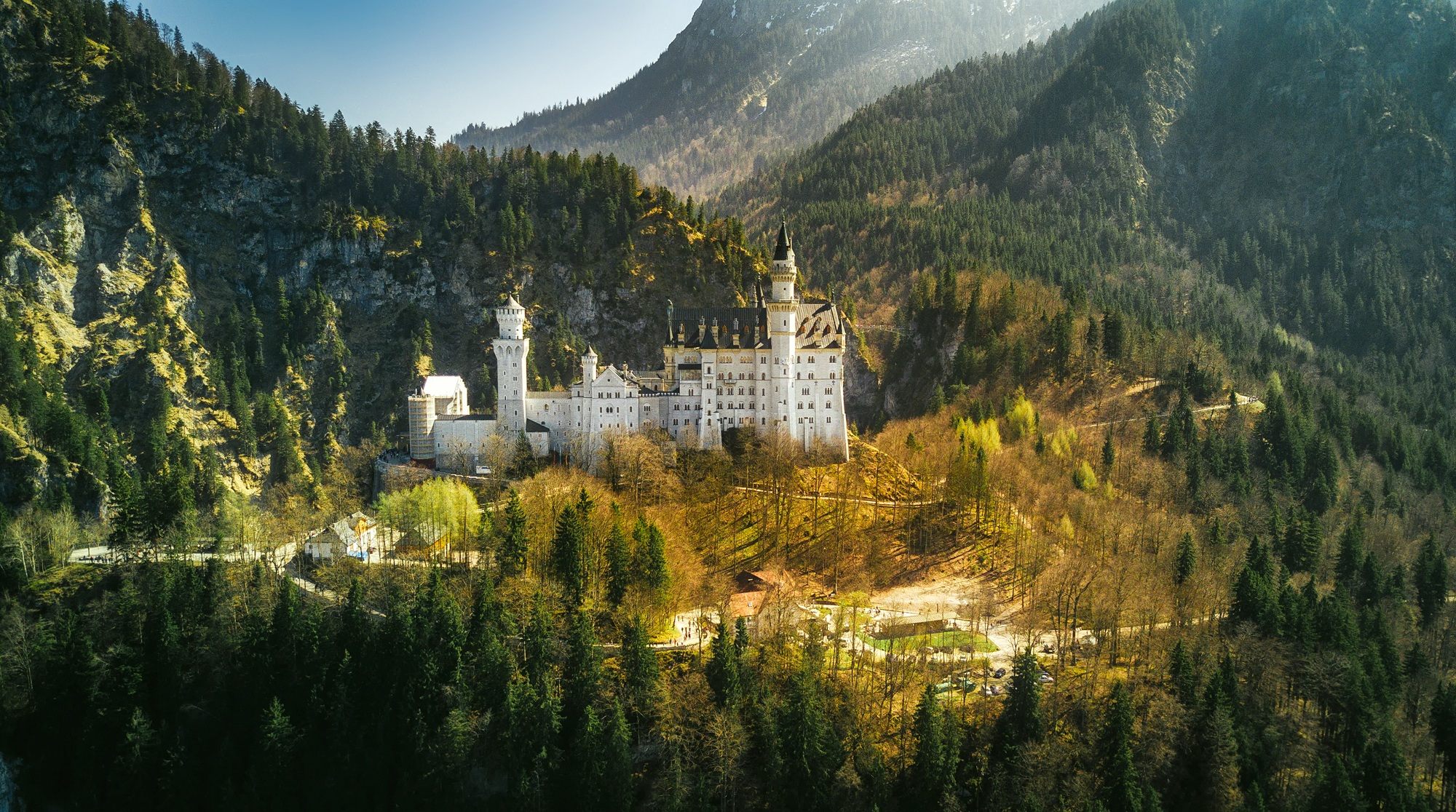
Neuschwanstein Castle
Schwangau, Germany
Sleeping Beauty Castle at Disneyland, Cinderella Castle at the Magic Kingdom, and numerous other magical castles were all inspired by a real place: Neuschwanstein Castle, the awe-inspiring retreat of the “fairy-tale king,” King Ludwig II of Bavaria. The fantastical castle was commissioned in the mid-1800s by the king in homage to the composer Richard Wagner. Ludwig was never able to see the finalized castle, but his taste for elegant and extravagant design decorates the landscape to this day.

Shiratani Unsuikyo Ravine
Yakushima, Japan
Look closely when walking through the mossy trees of Shiratani Unsuikyo forest—there might be kodama, or tree spirits, nearby. The landscape is dense with greenery and very quiet, as sound is absorbed by the thick moss. Gentle creeks trickle over ancient rocks, through the fine selection of Japanese cedars that the island is named for (“yakushima” means cedar). This magical, mossy forest served as an inspiration for Studio Ghibli’s Princess Mononoke, a story that addresses the tension between humans and nature.

Church of Andrew the Apostle
Priozerskiy Rayon, Russia
In the middle of Lake Vuoksa, about two hours north of St. Petersburg, sits a small stone island that just barely rises above the waters. The island is so small that it is almost entirely taken up by a miniature wooden church perched charmingly atop it. While that church might seem like the stuff of Baba Yaga and Father Frost, it is actually a modern bit of whimsy built in 2000.

Esch-sur-Sûre Castle
Esch-sur-Sûre, Luxembourg
Looming tall over a small town of the same name, these castle ruins still manage to give the area a feeling of true magic despite having been abandoned for more than a hundred years. The castle was first built around 920, and the surrounding village grew steadily alongside its proud central tower. With advances in warfare, the town eventually built a wall around the entirety of Esch-sur-Sûre. The ancient castle continues to stand proudly above the town, even though it is in ruins.

Faux de Verzy
Verzy, France
Dwarf beech trees top out at roughly 15 feet and are notable for the wide spread of their boughs and the dramatic forms they assume. The Faux de Verzy national forest is the largest concentration in the world, containing nearly 1,000 of the hauntingly beautiful trees. Some of the more spectacular specimens have been given nicknames, such as the Umbrella Fau, the Ox-Head Fau, and the Fau of the Bride. The Maiden’s Fau is so-named because legend has it that Joan of Arc once napped at the foot of the tree.

Saut de Brot
Boudry, Switzerland
Tucked near the bottom of the Areuse Gorge is a little bridge that looks straight out of a storybook. Of course the Saut de Brot, as it is known, is very real, and absolutely gorgeous. The lush gorge is a beautiful natural fissure, but maybe the most stunning feature is the small bridge that was built to span the Areuse between the canyon walls. The simple stone arch is not overly dramatic in its construction, but is nonetheless singular enough to create an almost fantastical scene. It was obviously not built by elves, but it almost seems like it could have been.

Santa Maria dell’Isola Monastery
Tropea, Italy
Perched high on a rocky promontory on the breathtaking coast of the Tyrrhenian Sea—also known as the “Coast of the Gods”—is Santa Maria dell’Isola, a 4th century medieval church that’s accessible only by climbing up a winding flight of steps carved directly into the cliffside. People have lived in Tropea for at least 2,000 years, since Sextus Pompey defeated the emperor Octavius. According to legend, the storied seaside town was founded by Hercules himself.

Hall of Mosses
Forks, Washington
The Hall of Mosses is the name of a distinct hiking trail in Olympic National Park, located in the Hoh Rainforest. Plucked straight from a storybook, the trail is a wonderland of stupendous old moss-covered trees draped in green and brown. Along the main trail there is a particularly otherworldly 200-foot side path that leads to an enchanting grove of giant maple trees, cloaked in hanging moss. One visitor to the trail wrote that “the trees stand like green-robed figures of eld.”

Tourlitis Lighthouse
Andros, Greece
As lighthouses go, you can’t get much more evocative than the Tourlitis off the coast of the Greek port city of Andros. Rising up out of a spindly weather-worn stone spire, this beacon would make a perfect wizard’s tower. Renovated in the 1990s, the lighthouse still looks like something out of Dungeon and Dragons, with the winding staircase hewn from the rock itself, leading up to the door of the tower.
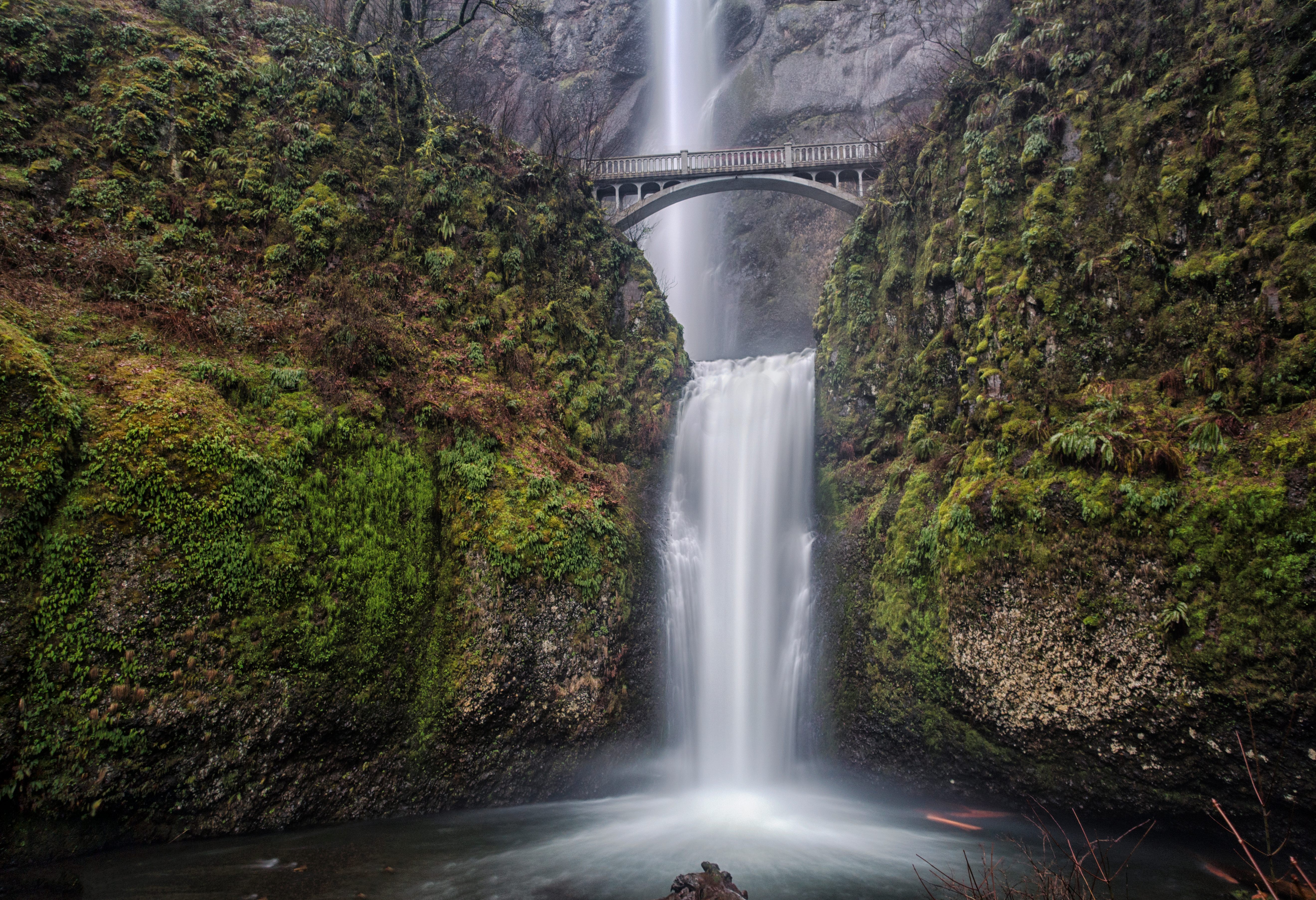
Multnomah Falls
Corbett, Oregon
This roaring, awe-inspiring double cascade of icy water flows through woodland Oregon like something out of a Tolkien novel. Unlike a lot of the other famous waterfalls in the western United States, Multnomah—the fourth tallest waterfall in the country—is fed by an underground spring, snow melt, and rainwater, allowing it to flow year-round. According to Native American legend, the falls were created to win the heart and hand of a young princess who needed a secret place to bathe.

Linderhof Palace
Ettal, Germany
Of the three palaces “Mad” King Ludwig II had built, the Linderhof Palace was the only one he saw completed. Though much smaller than the others, the architecture of the magnificent palace is extravagant, with ivory candelabras and a carpet made of ostrich down. Inspired by Versailles, Ludwig created a mirror image of “Sun King” Louis XIV’s bedchamber, and styled himself the “Night King.”

Pena National Palace
Sintra, Portugal
Perched high atop a lush hill in São Pedro de Penaferrim is a palace that looks as though it was created by mashing up towers, facades, and architectural flourishes from a bunch of different castles. Built by King Ferdinand II, opulent tastes were imposed on the designers, creating a schizophrenic manse that, at least from the outside, seemed to indulge any and all of the king’s passing tastes. One portion would resemble a medieval European castle complete with ornate parapets, then the portion directly next to it would be modeled after an Islamic tower dome. Each section of the facade was also presented in a different color; a long purple wing is flanked by a red clock tower, and a yellow minaret, and so on. It is said that Ferdinand wanted the palace to look like an opera.

Izmailovo Kremlin
Moscow, Russia
There is another, less known kremlin in the northeast part of Moscow. In the city’s Izmailovo District is an unexpected, fantastical-looking cultural wonderland. It was established as a cultural center and marketplace, loosely modeled after traditional Russian architecture and fairytale depictions of Old Russia.

Crooked Forest
Gryfino, Poland
Blending science fiction and ecological abnormality, a group of 400 trees in Poland’s Krzywy Las, or “Crooked Forest,” are mysteriously bent. Hovering just inches above the ground, the trees amazingly, and dramatically, take a sharp turn toward the sky, rounding into little J shapes as they make their ascent. There is no definitive answer for these pines’ shape, and the stories about them run the gamut from the practical to the bizarre. Every tree in the Crooked Forest has the same haunting bend, but they have all grown to be tall and seemingly unhampered by their curves.

Victoria Beach’s Pirate Tower
Laguna Beach, California
This enigmatic seaside tower looks like something out of a children’s tale, and given that it is lovingly known as the “Pirate Tower,” it would seem to live up to the mystique. In reality the lonely spire built into the rocky beach cliff face belongs to the wealthy estate that sits at the top of the ledge. Built in 1926, the 60-foot tower reaches from the edge of the water up to the top of the cliff where the house sits, holding a private staircase inside for the owners to use to access the beach. Unfortunately there seems to have a been a bit of a design flaw as the exit door and some of the tower becomes submerged and inaccessible during high tide, rendering the stairs unusable, while the tower remains as lovely as ever.


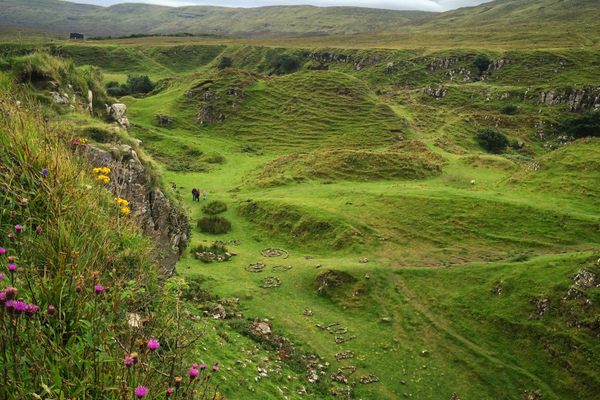


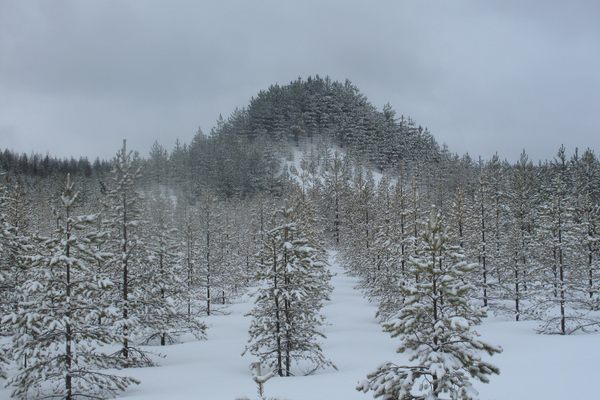

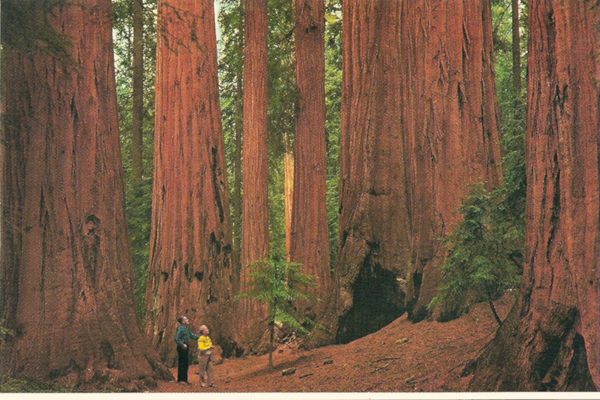


























Follow us on Twitter to get the latest on the world's hidden wonders.
Like us on Facebook to get the latest on the world's hidden wonders.
Follow us on Twitter Like us on Facebook